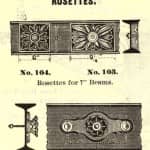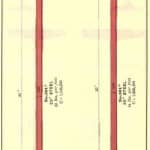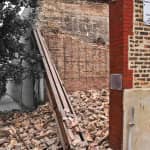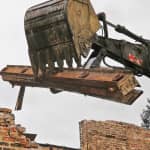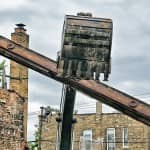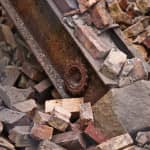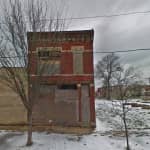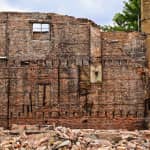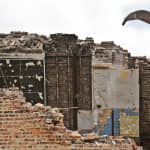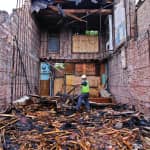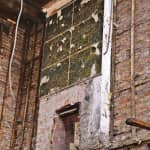salvaging 19th century cast iron facade "front" ornament from a former chicago saloon
This entry was posted on June 21 2016 by Eric
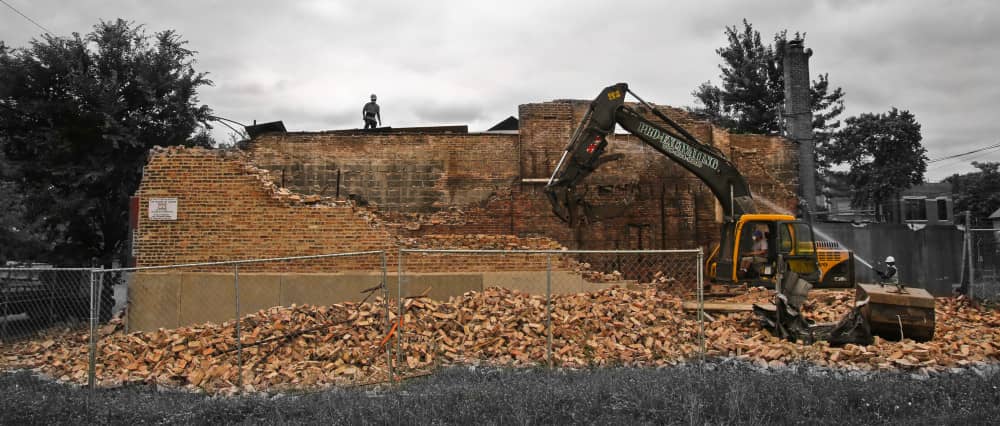
when i got wind that a late 19th century two-story brick commercial building was set to be demolished, i modified my schedule immediately to allow for a visit to the building. sadly, the structure waiting to be wiped away from van buren street sat abandoned, exhibiting a high degree of neglect.
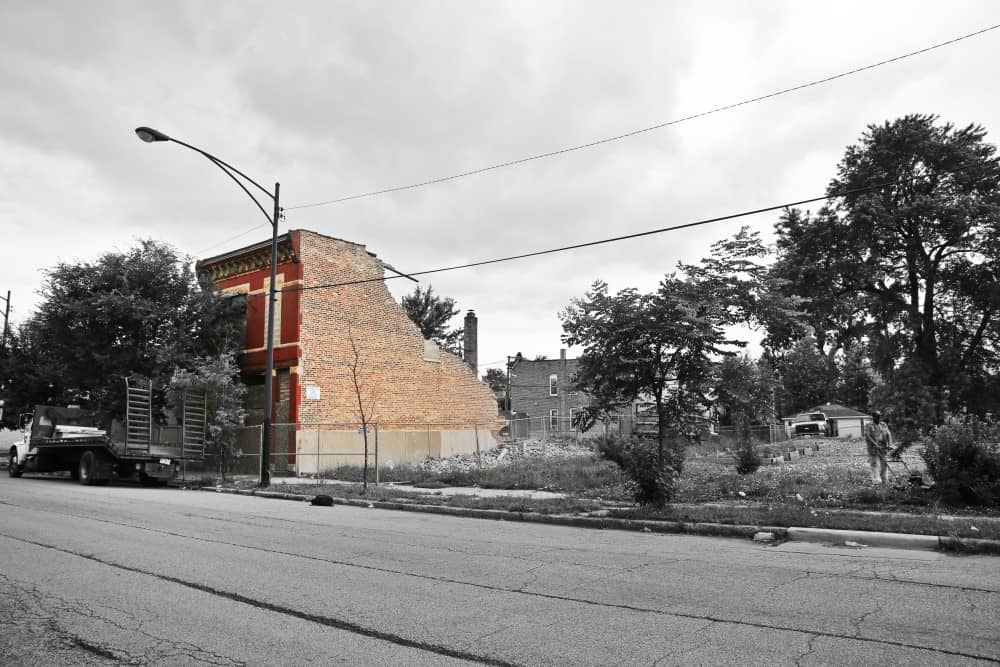
still, it was adorned with its decorative tin cornice and exposed load-bearing i-beam. at some point the building's expansive storefront with oversized plate glass display windows would have showcased the proprietor's goods, and allowed abundant natural light into the interior. it was clear by surveying the surrounding area, however, that the building didn't stand a chance; it was one of only a few surviving structures from that era left standing on the entire city block. i was really struggling to imagine a context in which this building had a more meaningful identity, and a narrative that would justify its existence, after the surrounding neighborhood had been so thoroughly altered, its history obliterated.
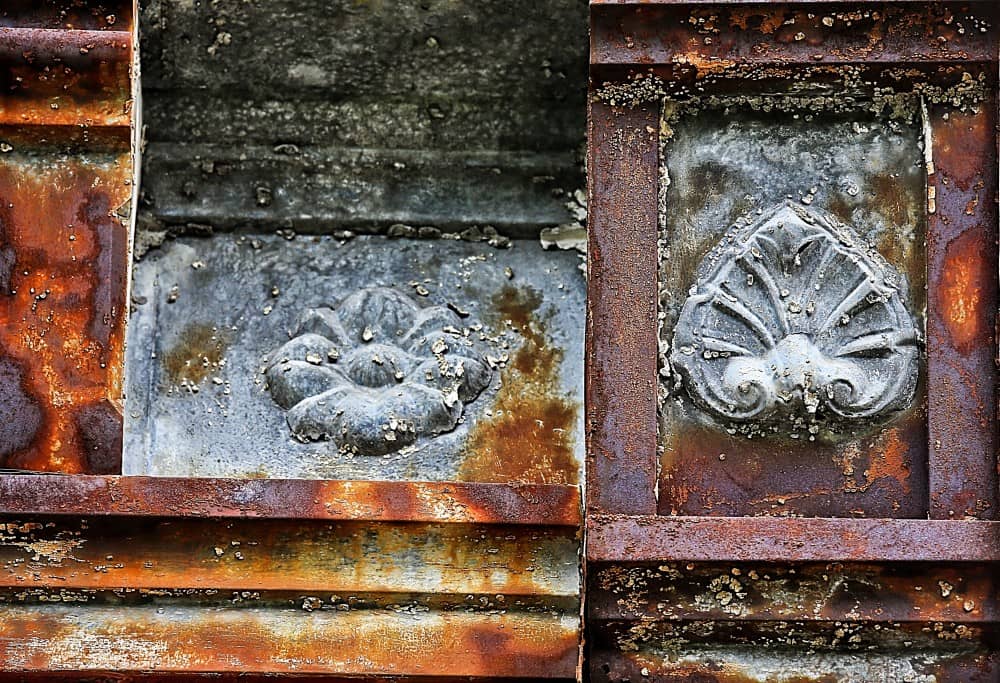
i was pleased to document this structure, which clearly represented a gleaming symbol of resilience, a champion against time, and short-sighted decisions. aside from that quickly fleeting feeling, i focused on what, if anything, to salvage from a structure that had been severely ravaged, to the point of disfigurement. since i remain interested in the integration of cast iron store "fronts" used to open up 19th century commercial structures to the steady flow of onlookers on the streets (no two are alike, despite the ornamental "stock patterns" utilized time and again), i hoped to save the entire "system," or at the very least, the multitude of rosettes protruding from the horizontal beam.
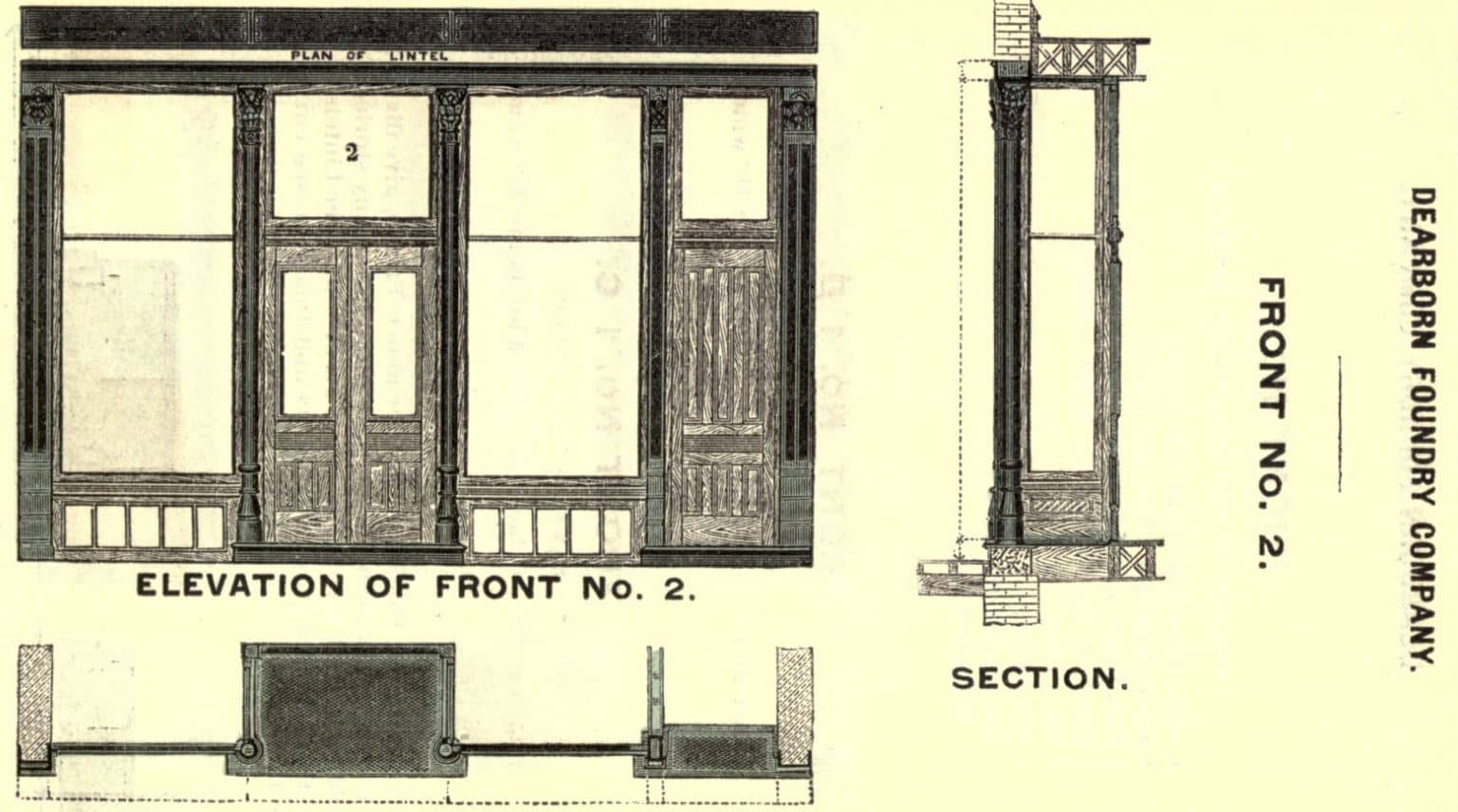
in this case the threaded-end tie rods or anchors, adorned with the floral rosettes, were used to tightly fasten two identical i-beams against each other in order to handle the weight of the facade above. although the bolts are typically hidden in adjoining beams and/or brick and mortar, the rounded head of each bolt was amalgamated with the surrounding incised lines that could be viewed as flower petals or sun "rays" emanating from the raised button or bolt head.
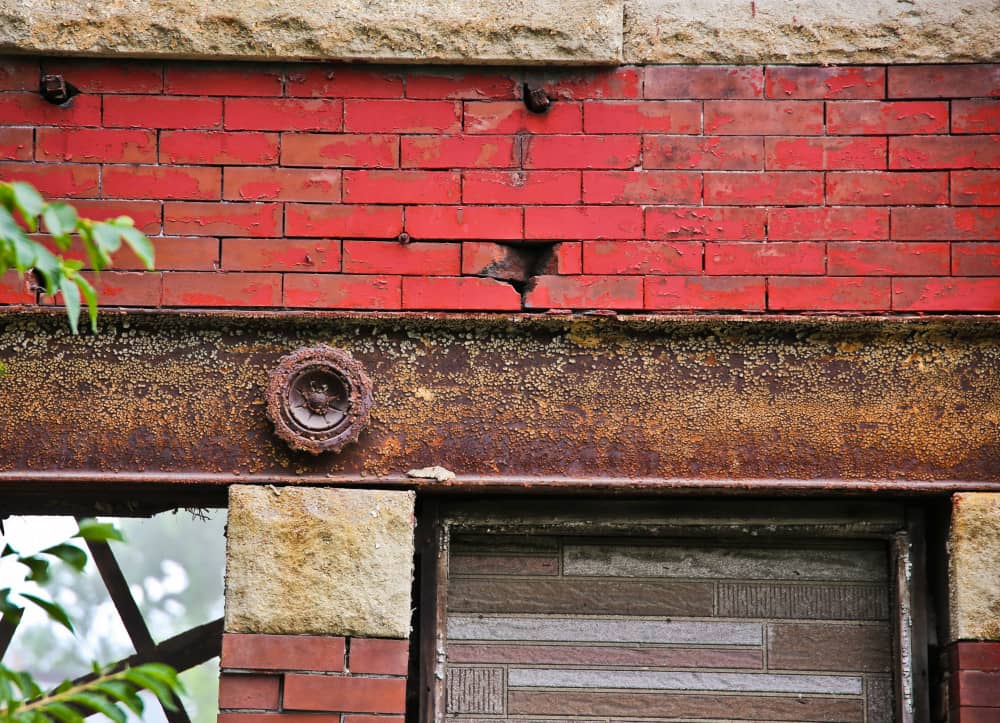
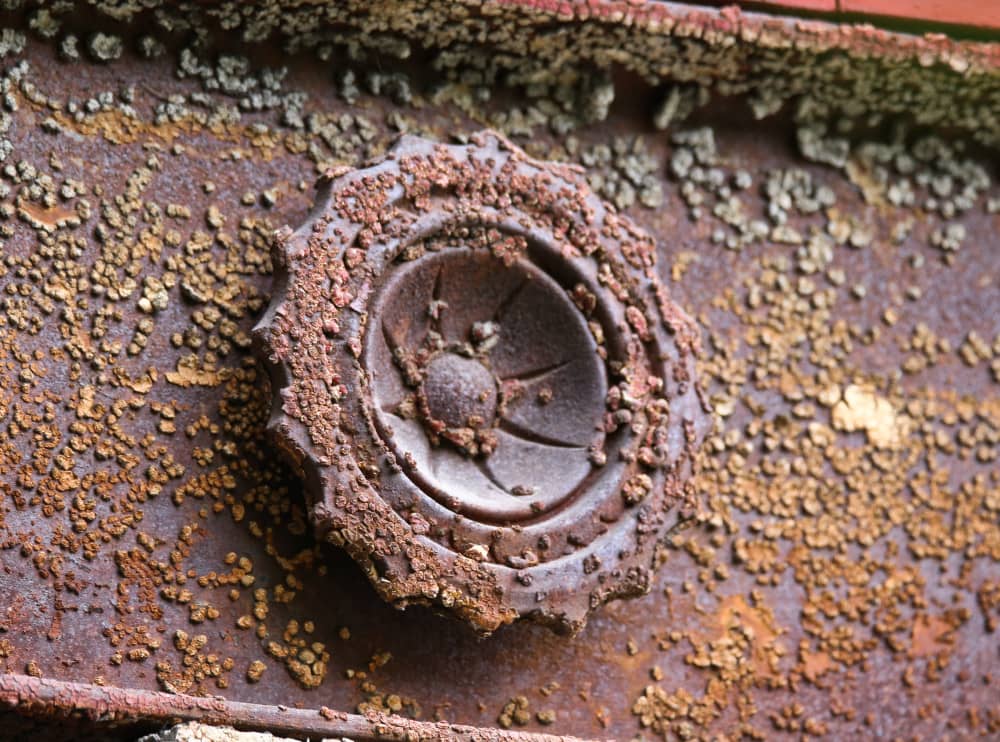
the building came tumbling down in a matter of hours, and the wrecker, who i have worked with for years, knew exactly what to extract from the facade (i.e., the ornamental i-beam), and did so quickly and efficiently. meanwhile, i carefully documented the "system" in which it was assembled, and salvaged both the tie rods and ornamental iron rosettes for further analysis and documentation at the shop. i plan to document their existing state (e.g., patina and subsequent surface characteristics), and set one aside to be thoroughly cleaned and photographed for the deconstructing chicago database and archive.
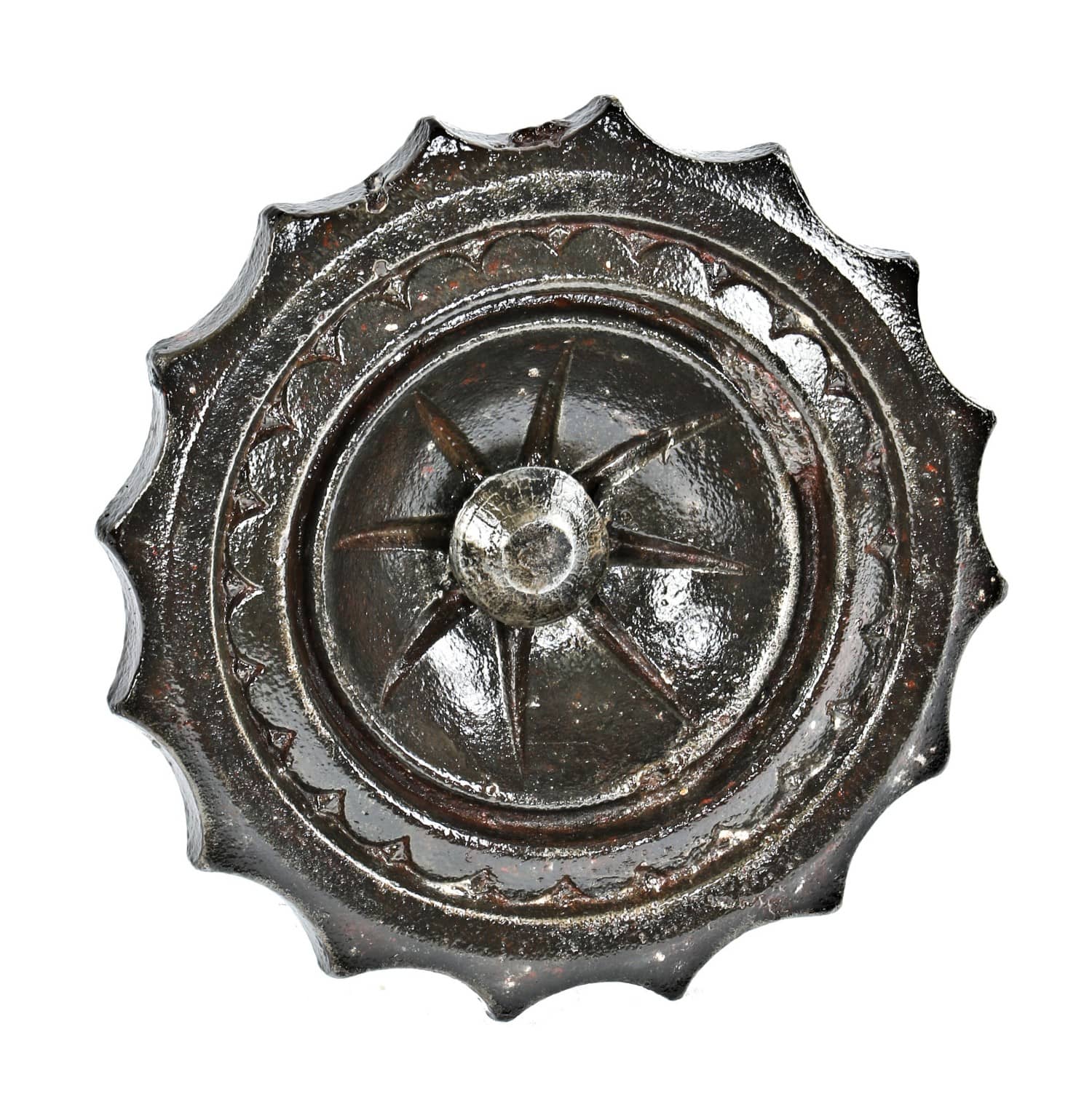
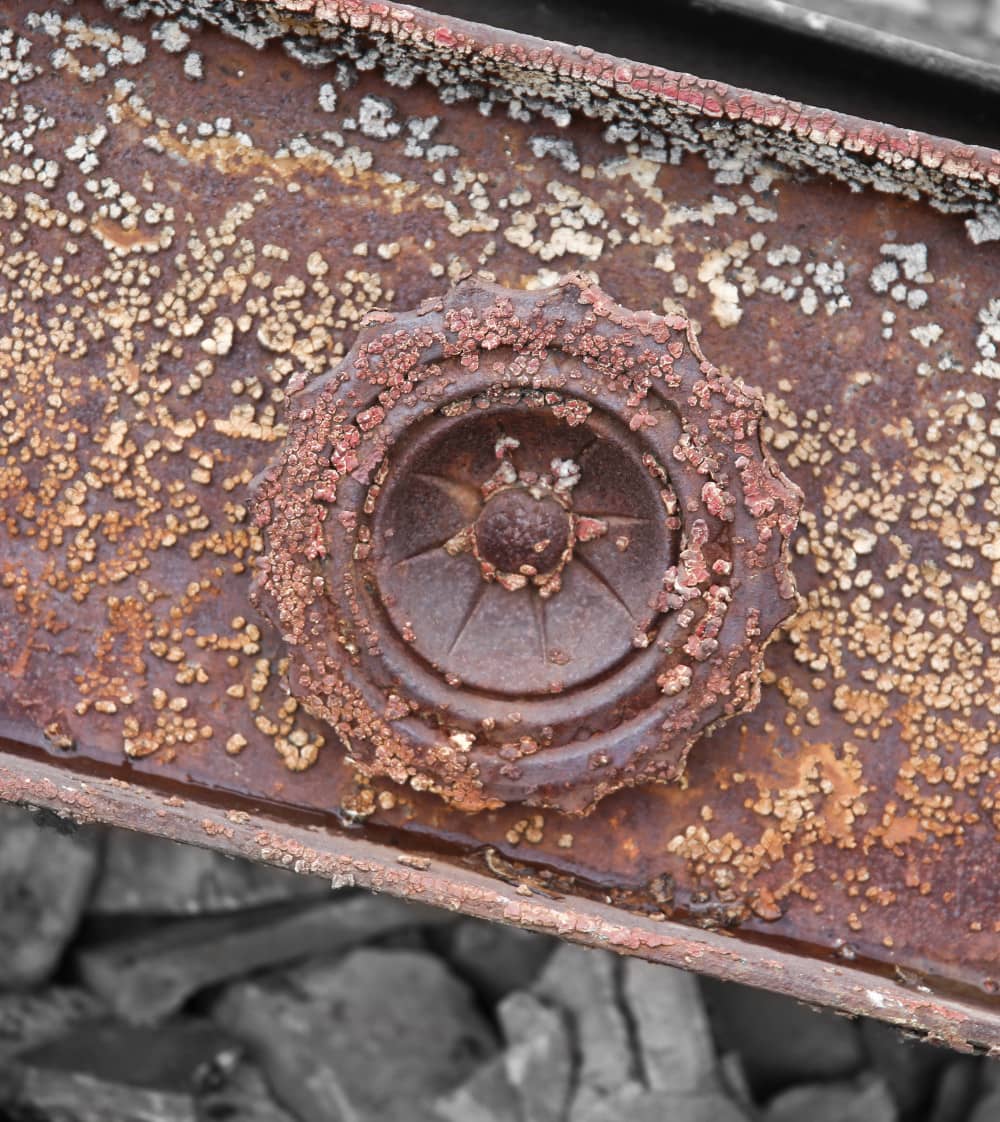
the exact fabricator continues to elude me, even as i sit here writing and conducting research. i have carefully poured over my iron foundry period catalogs (e.g., union and dearborn), but have failed to find a rosette offered with an identical design. several share similar characteristics and profile, but the arrangement of the design motifs have not yet turned up in those publications offered by chicago-based 19th century foundries.
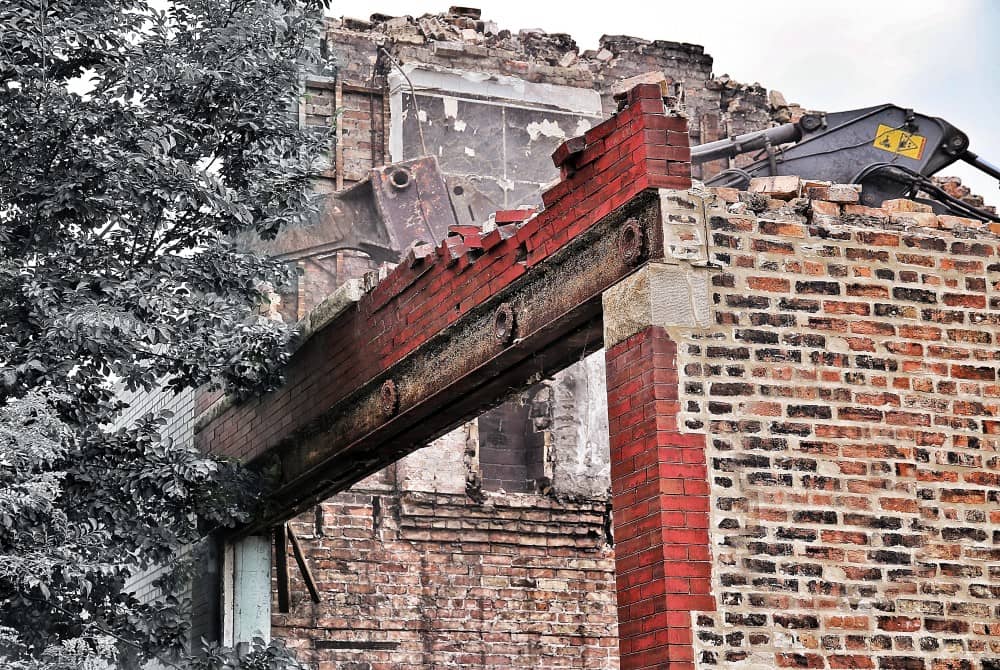
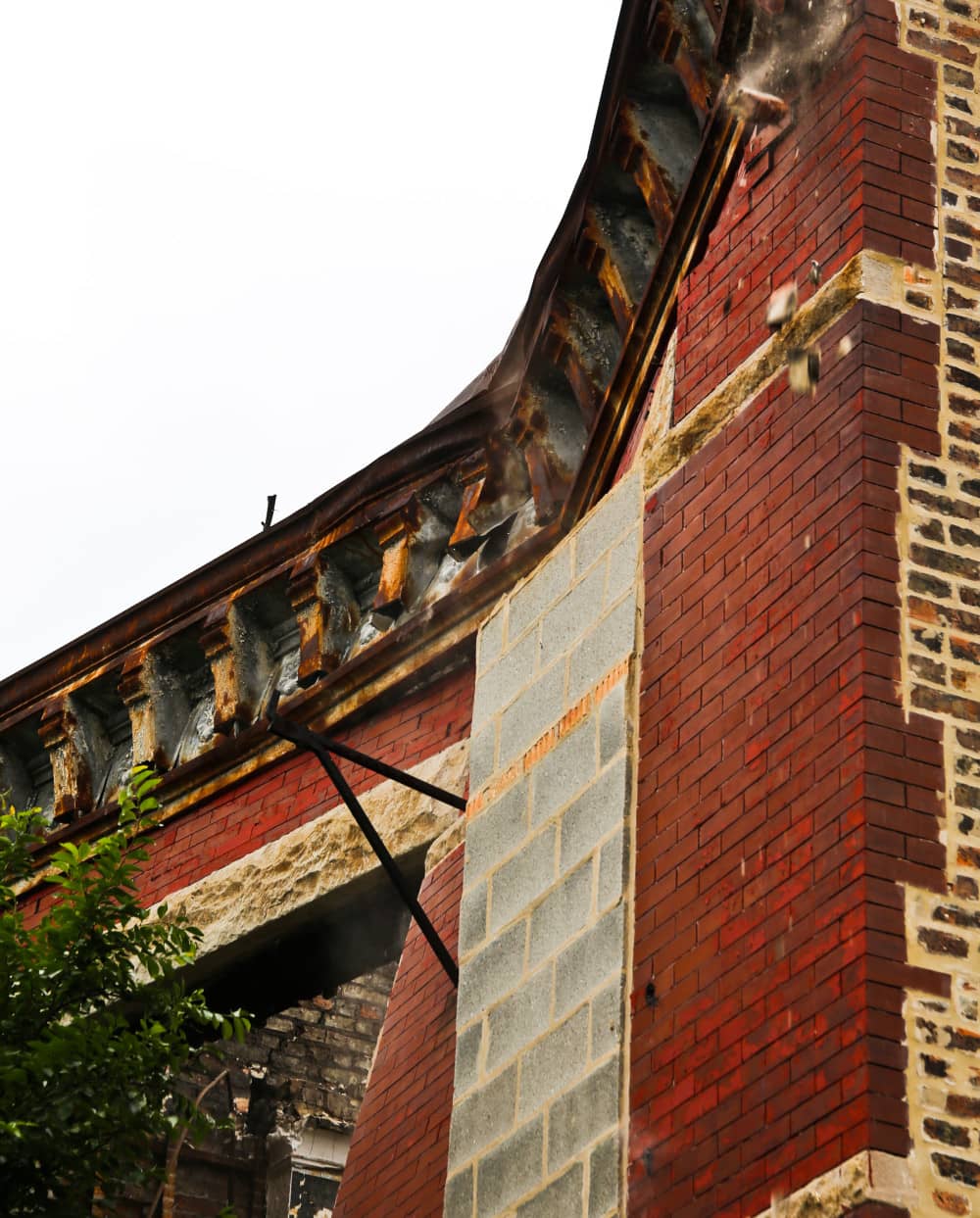
This entry was posted in , Miscellaneous, Salvages, Bldg. 51, New Products, Events & Announcements, New Acquisitions, Featured Posts & Bldg. 51 Feed on June 21 2016 by Eric
WORDLWIDE SHIPPING
If required, please contact an Urban Remains sales associate.
NEW PRODUCTS DAILY
Check back daily as we are constantly adding new products.
PREMIUM SUPPORT
We're here to help answer any question. Contact us anytime!
SALES & PROMOTIONS
Join our newsletter to get the latest information

